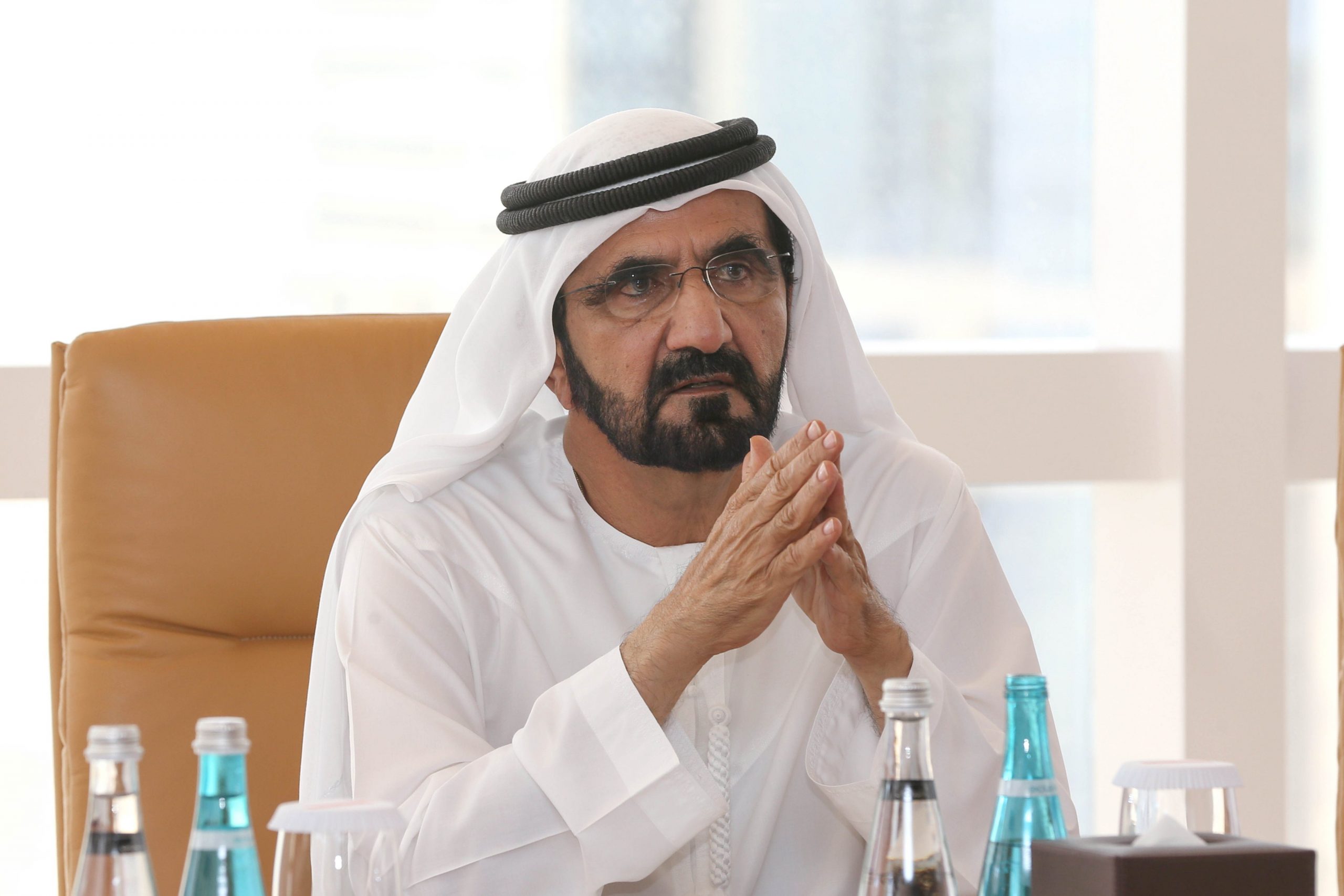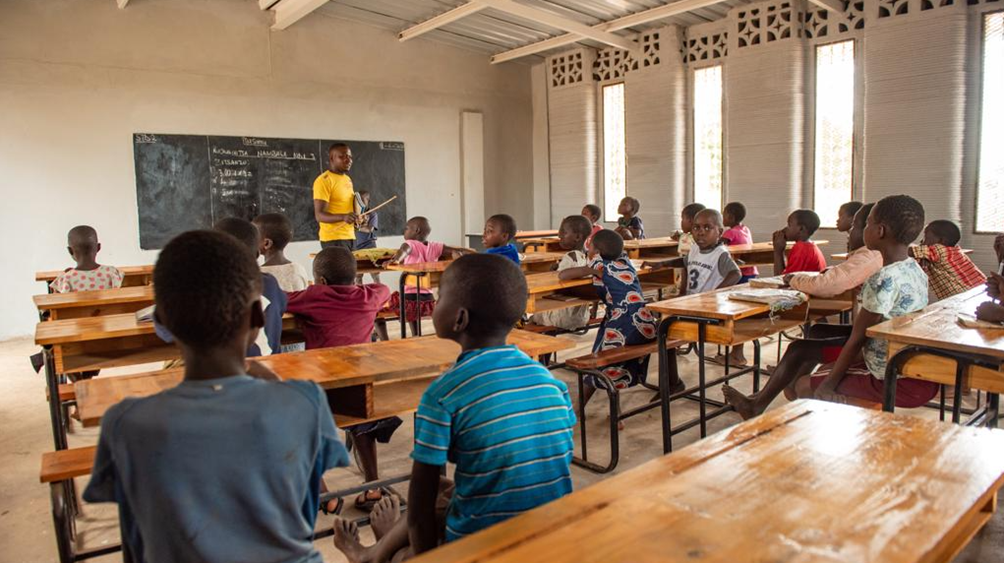Nominations for the 2021 3D Printing Industry Awards are now open, have your say who is leading the industry now.
Vice President and Prime Minister of the United Arab Emirates (UAE), Sheikh Mohammed bin Rashid Al Maktoum has issued a decree to regulate the use of 3D printing in Dubai’s construction sector.
The new legislation has been brought in to support the region’s target of ensuring that 25 percent of its buildings are constructed using 3D printing technology by 2030. The Decree also hopes to position Dubai as a regional and global hub for 3D printing technologies.

Construction 3D printing in Dubai
Established in 1954, the Dubai Municipality is involved in various planning, medical and environmental activities across the UEA. In line with its 2025 vision, the municipality is seeking to ramp up the implementation of 3D printing technologies within its construction sector, and as a result several firms have selected Dubai as a promising location for their 3D printing operations.
For instance, in 2019 London large-scale 3D printer provider Ai Build entered into a partnership with Dubai-based 3D printing service bureau 3DVinci Creations to distribute its Factory-as-a-Service subscription within the UAE. Shortly after, the American University in Dubai (AUD) established a scientific research center for 3D printing concrete buildings in Dubai, supplied with a 3D printer from 3DVinci Creations. The center aims to establish a consortium to drive the use of 3D printing concrete technology in construction within the Middle East and North Africa.
Also in 2019, concrete additive manufacturing start-up Concreative established its first 3D printing facility in Dubai, and Spanish conglomerate ACCONIA inaugurated its own global 3D printing center in the municipality, which at the time reportedly featured the world’s largest operational powder bed 3D printer. The center was founded to meet the growing demand for 3D printed infrastructure in Dubai, and meet the region’s 2025 3D printed buildings quota.
In line with the Dubai Future Foundation’s vision to become the leading hub of additive manufacturing by 2030, the Dubai Municipality unveiled a 640 square meter 3D printed building project, which was recognized by the Guinness Book of World Records as the world’s largest 3D printed two-story structure, in November 2019.
The ambition Dubai holds for promoting innovative technologies like 3D printing within its construction sector is often demonstrated during its Big 5 International Building and Construction Show, where Dutch architectural 3D printing start-up Twente AM showcased its latest large-scale concrete 3D printer last year.

Issuing Decree No. 24 of 2021
In his capacity as Ruler of Dubai, Sheikh Mohammed has now issued Decree No. 24 of 2021 to regulate the use of 3D printing in Dubai’s construction sector. The Decree is the latest effort by the municipality to support its strategic target to ensure a quarter of its buildings are constructed using 3D printing technologies by the end of the decade.
The Decree also aims to promote Dubai as a regional and global hub for the use of 3D printing technologies and forms part of a broader plan to spur economic growth and the adoption of advanced manufacturing technologies in the emirate. The legislation will seek to enhance efficiencies in construction projects and improve the competitiveness of Dubai’s local industry, while also reducing waste in the sector and attract leading companies to Dubai’s construction industry.
Companies wishing to deploy 3D printing technologies for construction in Dubai must now register with the Dubai Municipality and obtain a license before seeking further approvals from other authorities. The Decree states that real estate developers must also ensure that projects utilizing 3D printing are only executed by contractors granted with a license by the Dubai Municipality.
Under the Decree’s framework, the municipality will promote the use of additive manufacturing in partnership with both government and non-government bodies in a bid to encourage the adoption of the technology in the region’s construction sector. The municipality will also draw up a list of incentives and facilities provided by these entities to support the technology’s growth.

Large-scale construction 3D printing
Aside from Dubai, 3D printing is being increasingly leveraged elsewhere within the construction sector for the fabrication of commercial and residential buildings.
In the US, Texas-based construction technologies company ICON is on a mission to reinvent the construction of affordable homes with additive manufacturing, while 3D printing construction start-up Mighty Buildings has raised $30 million in funding to scale its production line at its Oakland factor, enabling it to fully-3D print 350 square foot units. Meanwhile, US-based concrete specialists QUIKRETE and Contour Crafting Corporation (CC Corp) have teamed to develop a proprietary concrete to be used in the building of low-income housing and disaster relief facilities in Los Angeles.
In Europe, Danish 3D printing construction firm COBOD’s robotic construction 3D printers have been deployed for several high-profile additive manufacturing construction projects, including the building of the first 3D printed commercial apartment building in Wallenhausen, Germany, and erecting Germany’s first “market-ready” 3D printed residential building, a two-story house located in North Rhine-Westphalia.
COBOD’s large-format 3D printing technology has also been deployed within Africa’s construction sector to fabricate the “world’s first” 3D printed school in Malawi. The school has now opened its doors to students and was conceived out of a project with 14Trees, a joint venture company of building materials specialist LafargeHolcim and CDC Group, the UK’s publicly owned impact investor.

Nominations for the 2021 3D Printing Industry Awards are now open, have your say who is leading the industry now.
Subscribe to the 3D Printing Industry newsletter for the latest news in additive manufacturing. You can also stay connected by following us on Twitter and liking us on Facebook.
Looking for a career in additive manufacturing? Visit 3D Printing Jobs for a selection of roles in the industry.
Subscribe to our YouTube channel for the latest 3D printing video shorts, reviews and webinar replays.
Featured image shows Sheikh Mohammed bin Rashid Al Maktoum has issued Decree No. 24 of 2021 regulating the use of 3D printing in the construction sector in Dubai. Photo via Emirates News Agency (WAM).


